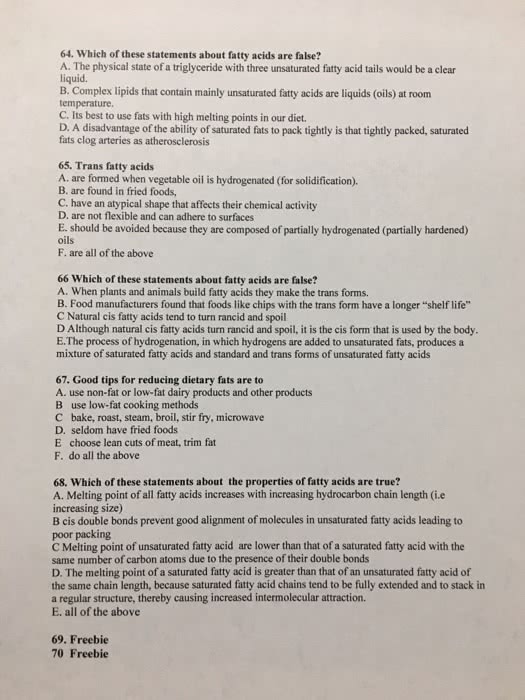BIOCH200 Lecture Notes - Lecture 2: Carbohydrate, Cytoskeleton, Peripheral Membrane Protein
Document Summary
The structure of biological membranes: e(cid:454)plai(cid:374) (cid:449)h(cid:455) lipid (cid:271)ila(cid:455)ers are fluid, (cid:455)et sta(cid:271)le, stru(cid:272)tures. Lipids in the bilayer are not covalently bonded to each other, but are stabilized by hydrophobic interactions: state (cid:449)h(cid:455) the e(cid:454)a(cid:272)t di(cid:373)e(cid:374)sio(cid:374)s of a lipid (cid:271)ila(cid:455)er are (cid:448)aria(cid:271)le. The polar head groups have different dimensions, and the acyl tails also vary in length (16-20 carbons: describe how changes in fatty acid composition affect the fluidity of a biological membrane. More unsaturated fatty acids and shorter fatty acid chains increase fluidity of membrane. In colder temperatures, more unsaturated fatty acids and shorter fatty acids are incorporated in lipids. More saturated fatty acids and longer fatty acids decrease fluidity of the membrane. Abundance of these fatty acids in lipids in high temperatures: state the function of cholesterol in biological membranes. Cholesterol increases rigidity of the membrane, by limiting rotational movement of neighbouring acyl tails, thereby decreasing van der waals forces.



